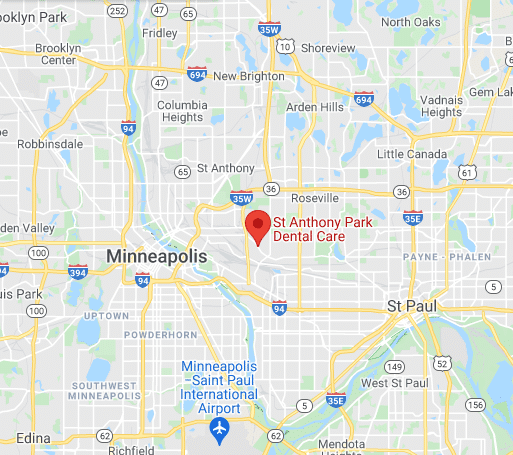What Should You Do If You Have a Misaligned Jaw?
You might already know that having crooked teeth can affect your bite and result in other dental issues. But what you might not know is that a misaligned jaw will result in the same thing. So what should you do? Well, a dentist in St. Paul, MN, will be able to diagnose and recommend the proper treatment for you.
Issues Resulting from a Misaligned Jaw
A misaligned jaw is also called a malocclusion. This refers to your upper and lower jaws not lining up like they should. Unfortunately, when this happens, it could lead to a variety of other painful and costly dental issues.
The following are just a few of the things you could experience if your jaws don’t line up properly.
- Pain
- Hard to chew or speak
- Sleep apnea
- Temporomandibular joint disorder
- Cosmetic damage
Three Options for Treating a Misaligned Jaw
There are three common treatments for a misaligned jaw. Below are your options.
Cosmetic Dentistry
If your jaw misalignment is mild, a few cosmetic fixes can take care of the appearance issues it has created.
Orthodontics
Some dentists will recommend orthodontics like braces, upper jaw expanders, headgear, or a reverse pull face mask to fix your misaligned jaws.
Jaw Surgery
For severely misaligned jaws, most dentists recommend jaw surgery in St. Paul, MN. This is called orthognathic surgery. Orthognathic surgery works by repositioning either your upper or lower jaw. This procedure is then combined with an orthodontic treatment such as braces to correct the problem. It’s a quick operation. And in most cases (except for extremely severe issues), it won’t require you to have your mouth wired shut.
Looking for a Dentist in St. Paul, MN?
If you have dental issues that are causing you pain, or if you just need a new dentist, please Contact St. Anthony Park Dental Care today. Having your dental needs addressed sooner rather than later will help ensure they don’t lead to more severe issues down the road.






